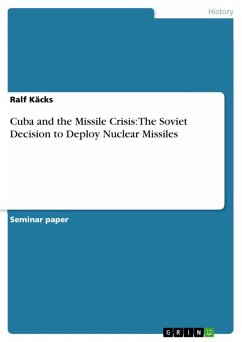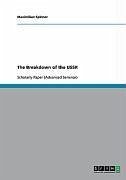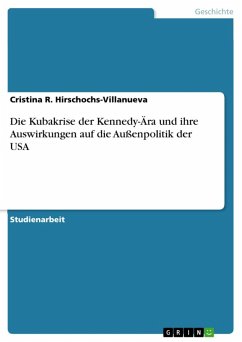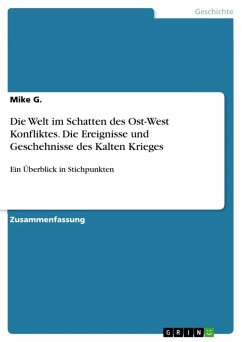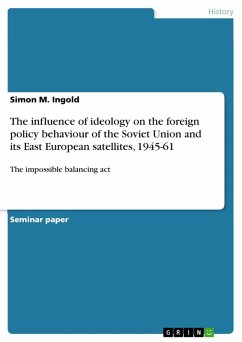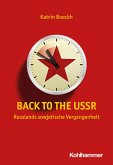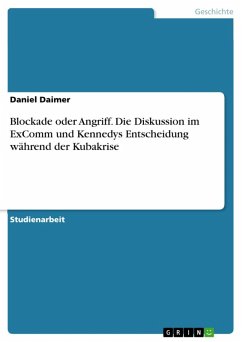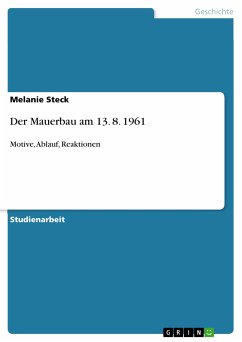Seminar paper from the year 1999 in the subject History of Germany - Postwar Period, Cold War, grade: 1 (A), University of Kassel (FB 8), course: The United States in the 1960s, language: English, abstract: It might perhaps be correct to say that never in history has any historical event assembled such great importance in all of its aspects, and been studied in such depth. I believe that is fully understandable, because never before had humankind been so close to the brink of nuclear holocaust. This short statement by Oleg Troyanovsky reveals that the Cuban missile crisis is indeed one of the most studied subjects in U.S. and Cold War history. Ever since the thirteen days in October 1962 there has been a lively discussion about the origins and the management of the crisis. Despite an enormous range of opinions, and an incredible output of books and articles by participants and scholars of the crisis, most of the approaches were limited to studying the events from an American perspective. However, during the last decade the discussion has continued due to the declassification of secret American documents. In fact it gained new speed after they became available for scholars to review. One issue that has been heavily disputed since 1962 is the reason for the Soviet missile deployment to Cuba. Even after more than 35 years, it is unclear why Nikita Khrushchev ordered nuclear missiles to be sent to Cuba. Even President John F. Kennedy and his advisers in the Executive Committee (ExComm) could not agree on the reason for the missile deployment. The official Soviet explanation states that the missiles were sent to defend Fidel Castro's revolution and to deter American aggression in Cuba. However, this theory has been vigorously dismissed as facesaving propaganda for the test-of-will theory which states that the Soviets wanted to probe America's resolve in Cold War politics. I will show in this paper that Khruschev did not send the missiles to Cuba because he wanted to directly challenge Kennedy, but rather two reasons were responsible for stationing strategic missiles 90 miles off the U.S. coast. After reconsidering the defense-of-Cuba theme it becomes apparent that the Soviets and the Cubans believed that the deployment of troops and finally nuclear missiles was necessary to save Cuba. This threat perception was not known to the United States. Secondly, American nuclear policy and the Soviet perception of the nuclear situation led to the deployment of Medium Range Ballistic Missiles (MRBMs) and Intermediate Range Ballistic Missiles (IRBMs).
Dieser Download kann aus rechtlichen Gründen nur mit Rechnungsadresse in A, B, BG, CY, CZ, D, DK, EW, E, FIN, F, GR, HR, H, IRL, I, LT, L, LR, M, NL, PL, P, R, S, SLO, SK ausgeliefert werden.

